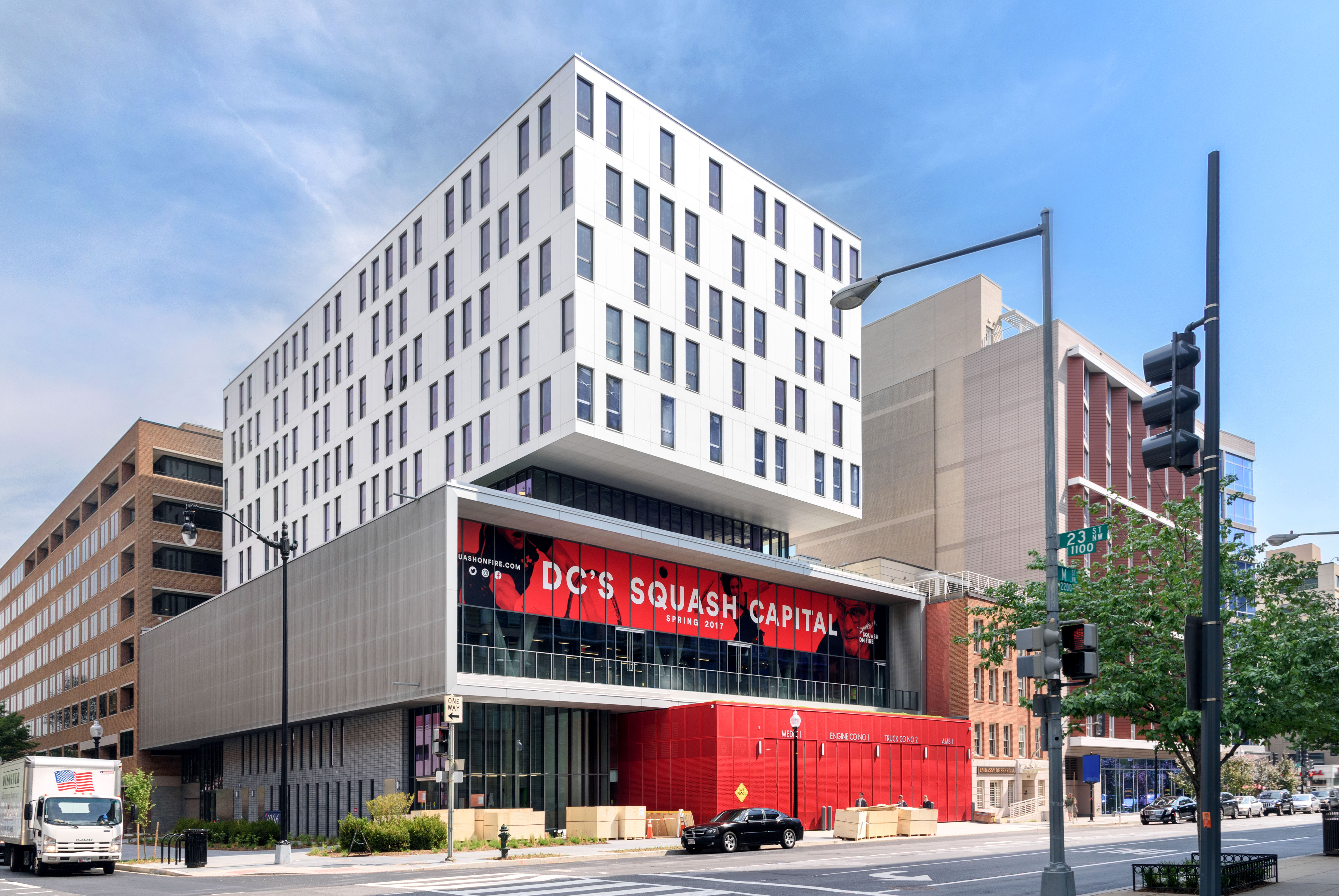by James Zug
Building your own squash club is a common dream amongst passionate players. Three new facilities that opened earlier this year each offer different models of turning those visions into bricks-and-mortar reality.
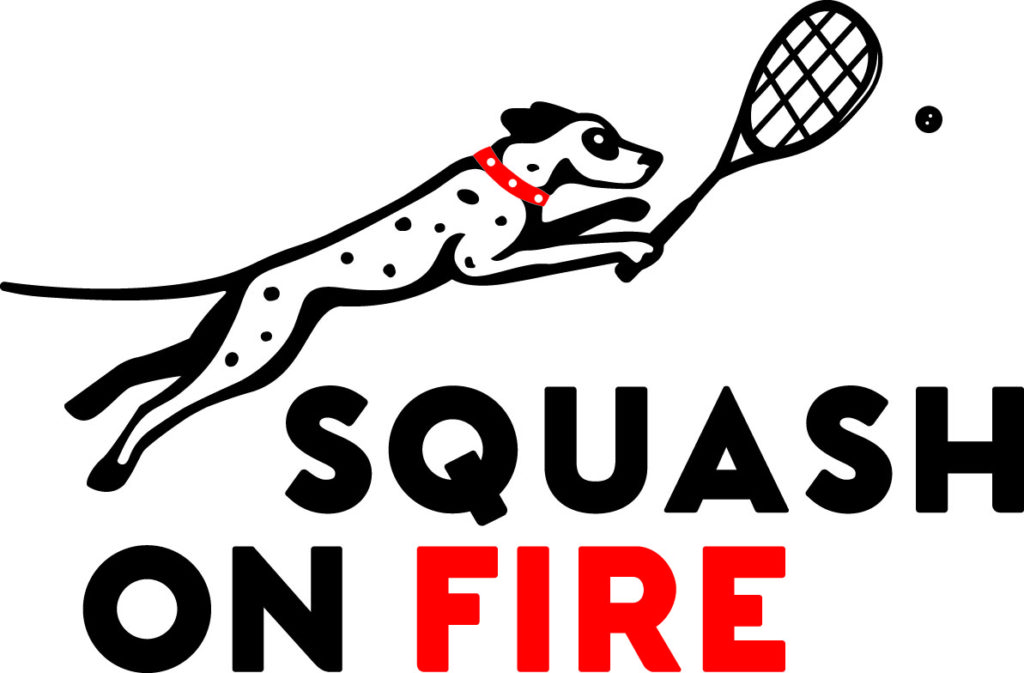
Squash On Fire
Origins:
Antony Lanier is the founder and president of EastBanc, a real estate development firm. He is an avid squash player and parent (his daughter Camille played at Penn) and had long looked to build a squash facility in Washington, D.C.
Search:
Since 2007 EastBanc has been leading a $200 million project in Washington’s West End (roughly between Georgetown and Dupont Circle). There are two adjacent sites: they’ve built a library, retail shops and 164 condos and rentals at one site; at the other, 2225 M Street at what was Engine Co. 1 Firestation, EastBanc built a new fire station, fifty-five affordable housing units and Squash on Fire.

Space:
Squash on Fire is a $12 million, 20,000 square-foot facility with eight singles courts (two are all-glass) and a restaurant/bar. It sits above the new fire station—hence the name. After looking at squash clubs around the world, including Frans Otten in Amsterdam, Lanier and his wife Isabel designed the facility along with Enrique Norten of Ten-Arquitectos,
Finances:
Squash on Fire is a pay-to-play club. Cost is $12 a court per player per hour. There are no memberships and is completely public. It is thriving in part because of its coaching staff, which is headed by Amir Wagih. An Egyptian who is a former world No. 16 and coach extraordinaire, Wagih came to Washington in 2012 and has been coaching across the street from Squash on Fire at Equinox, as well as helming the team at Georgetown. “We want to set D.C. on fire and become the capitol of squash in America,” Wagih said.
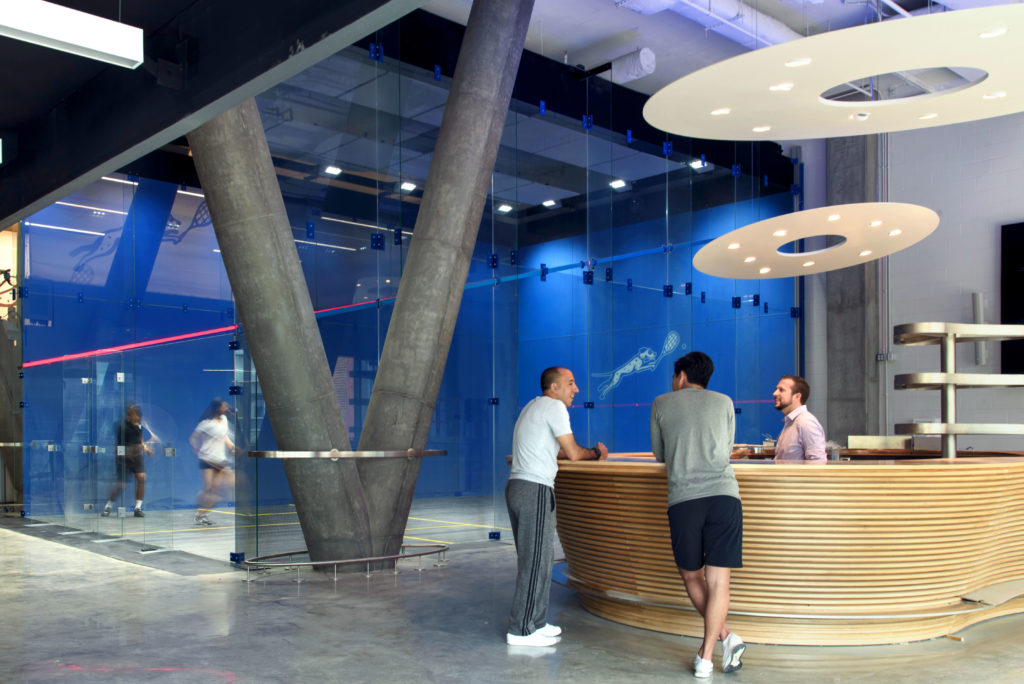
Lessons:
“Squash on Fire has been nearly ten years in the making,” Lanier said. “Bringing a facility of this size to an urban center has been a long and challenging process. It brings the sport to the D.C. community in an unprecedented way by making squash accessible to everyone in a centrally-located, world-class facility, with access to the finest training available. Squash on Fire is not simply a set of eight state-of-the-art courts. It’s design-driven architecture combining function, performance and technology. It helps position squash as one of the most exciting and dynamic sports of our time.”
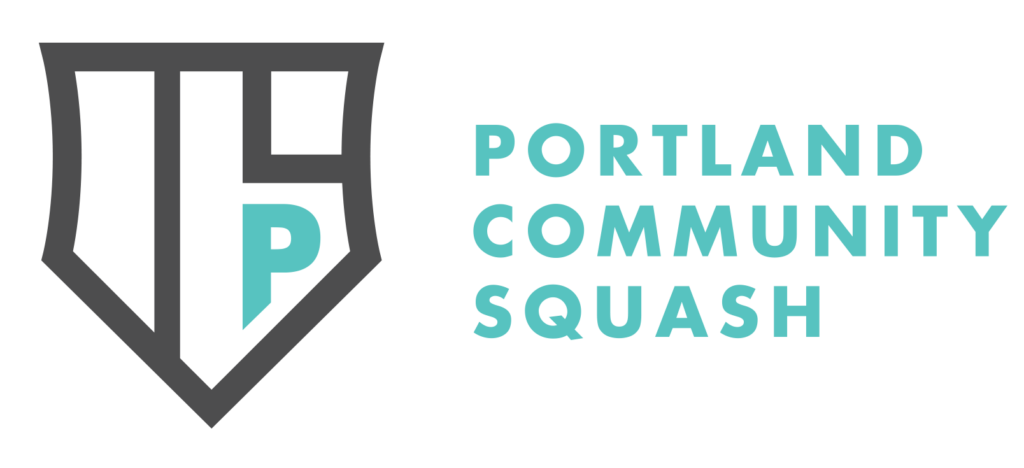
Portland Community Squash
Origins:
A decade ago, local players, led by Greg Born, started playing on the Portland, Maine YMCA’s two old hardball courts. They ran a free, well-organized drop-in clinic and an inexpensive after-school junior program; because of Born’s digital expertise, the programs had a good website and used US Squash’s league software. Demand went up. The Portland Y soon converted two racquetball courts into twenty-foot squash courts. Eventually, Portland Community Squash added Club Locker, which made participation spike even more.
“That was one key,” said Barrett Takesian, the president of PCS. “We went from very little infrastructure and zero demand in the city to getting hundreds of people involved. That created demand for a new facility.”
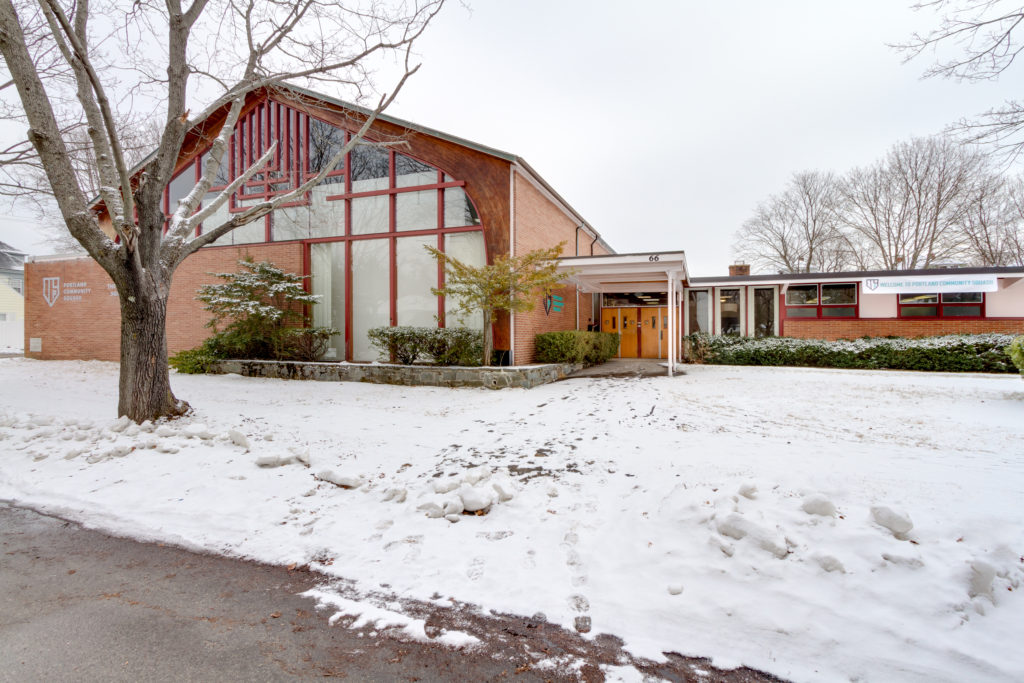
Search:
For a couple of years PCS, partnering with real estate developers, looked at a half dozen possible facility sites around Portland. But the trade-off for a lower cost with a developer was a lack of control: a developer might eventually feel there was a higher economic use for the space. Instead, PCS took control of their own destiny. This doubled their upfront costs but enabled them to own the facility outright.
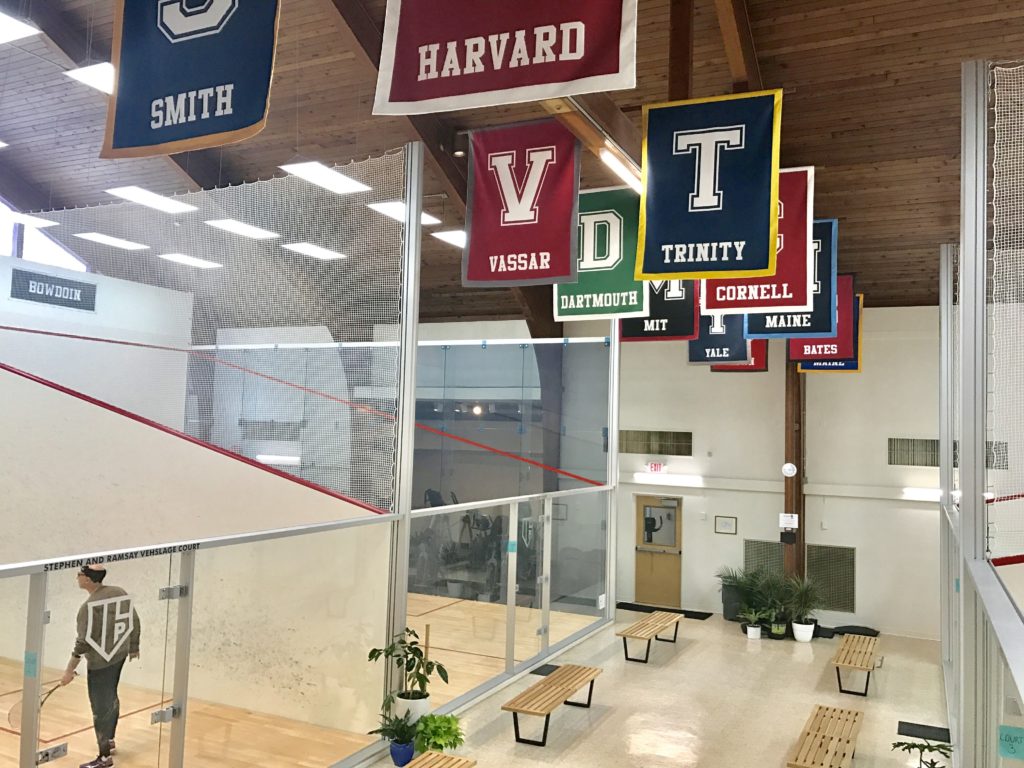
Space:
For $1.5 million they bought and renovated a former synagogue on Noyes Street in Portland’s Woodford’s Corner neighborhood: 13,000 square feet, four singles courts, fitness center and classroom space.
Finances:
Portland Community Squash is a non-profit. They raised $1.2 million in donations; 40% came from out of the state. They took out $300,000 in debt. “It wasn’t crafty marketing,” Takesian said. “We were passionate. We were focused. So were our donors.”
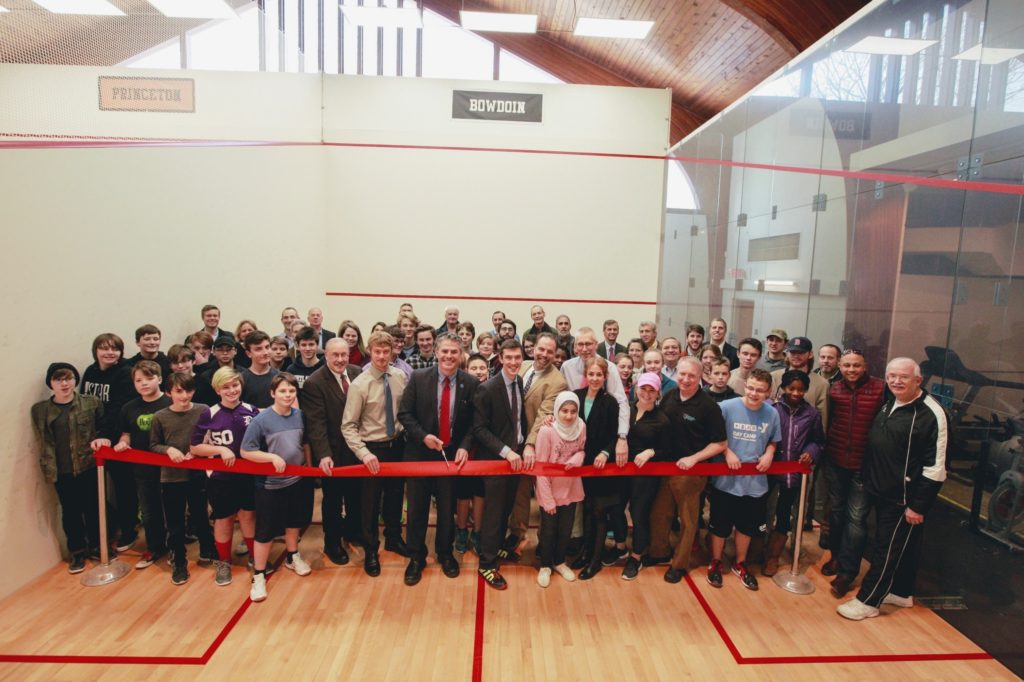
Lesson:
PCS is a blended community—adults, a seasonal junior league and a year-round urban squash program. It works in part because of unique Portland aspects: there is no other sizable squash club in town and Portland public schools are diverse, mixed income communities. The adults create revenue that PCS uses to sustain the urban program. Already, the club is reaching maximum capacity and there is talk of expansion.

Palm Beach Squash Club
Origins:
Damian Walker, a two-time U.S. national singles champion and former coach at Navy and the Field Club in Greenwich, is an active coach. He is also a squash facility entrepreneur. In 2003 he financed, built and coached at Squash Alley, a three-court, 4,000-foot facility in the back of a warehouse in Stamford, CT; three years later he opened Squash Loft, a one-court facility down the road. In 2015 he sold both.
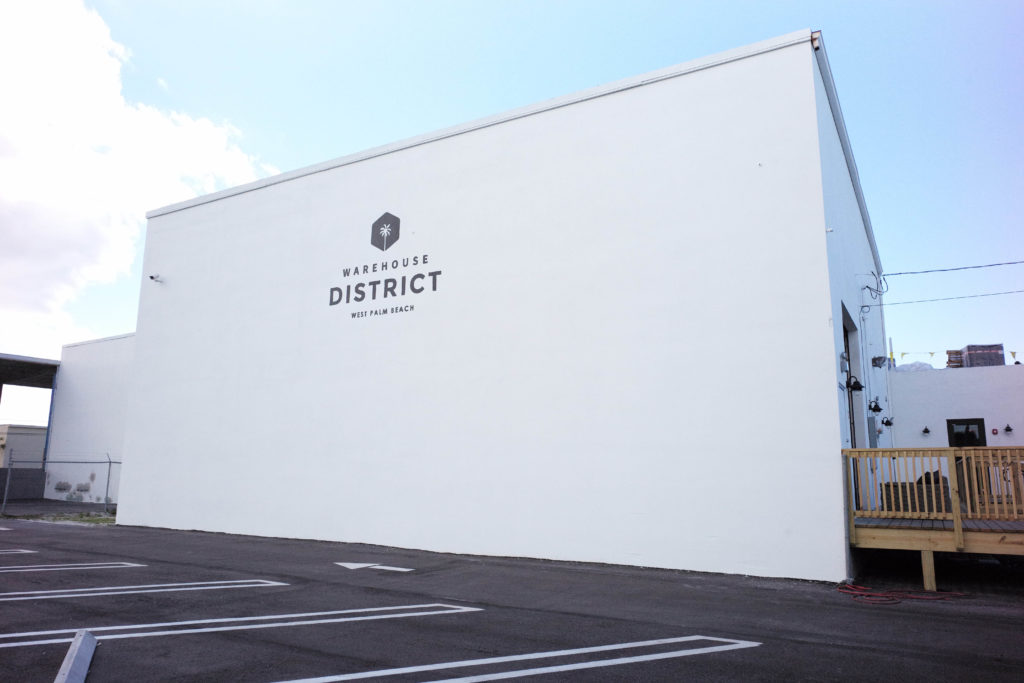
Search:
Walker had been thinking about a squash facility in southeastern Florida since he bought a vacation house in Del Ray Beach ten years ago. After he left Squash Alley and Squash Loft, he moved down to Florida and actively looked for a space to build another club.
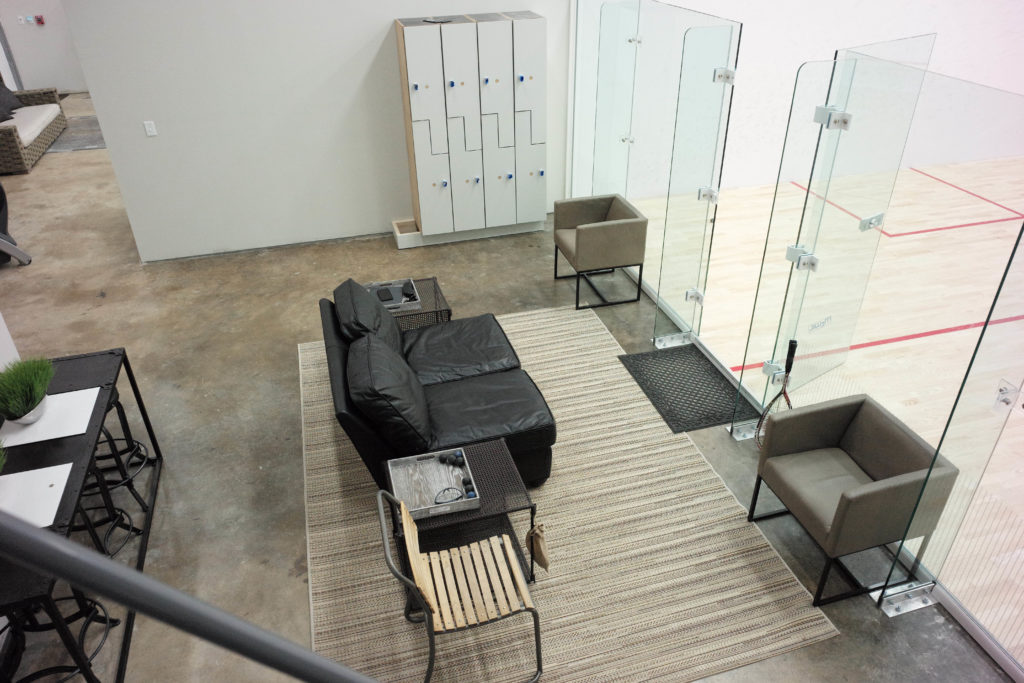
Space:
Palm Beach Squash Club has one singles court and one doubles court in a 3,200 square foot space in the Warehouse District. A redeveloping area in West Palm Beach, the district is a complex of vintage buildings from the mid-twentieth century that contain a new urban village of art galleries, food halls, coffee roaster, florist, butcher, indoor cycling studio and two microbreweries.
Finances:
Walker has sixteen founding members who contributed $6,800 each. Monthly membership is at $165. Walker is renting the space; he paid for the build-out.
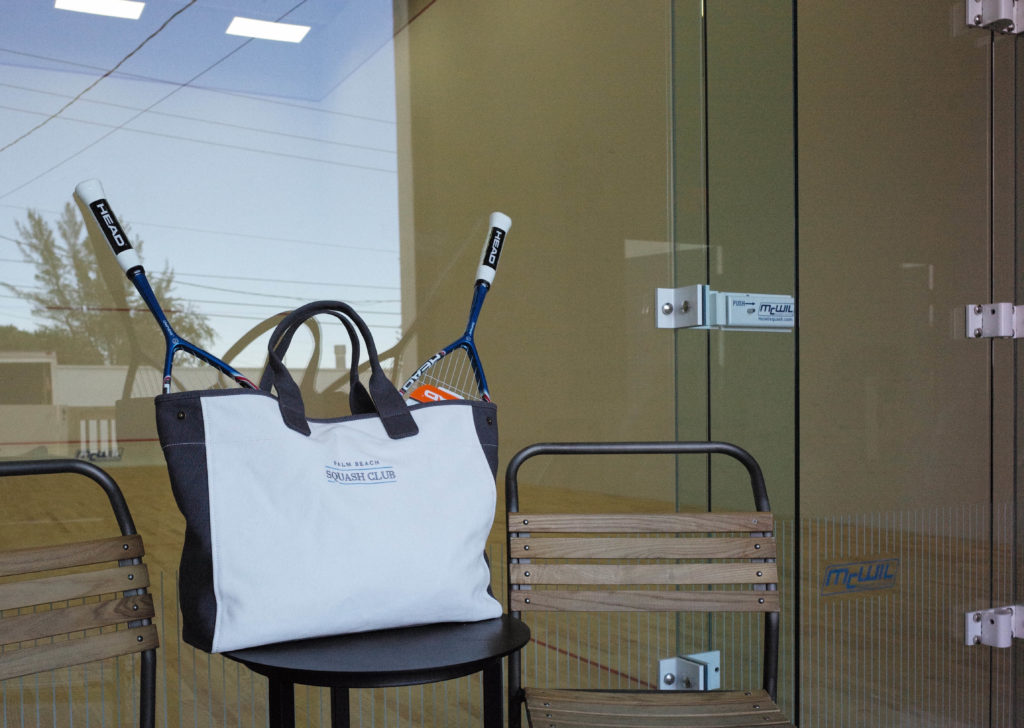
Lessons:
“Squash is really a job for life,” said Walker. “If you are smart, you can figure out a way to stay in it forever. With Palm Beach Squash, I wanted to keep it small. I wanted a boutique club, with a vibrant community. I didn’t want to overbuild and wait for the market to catch up. The goal is to be cash-flow positive quickly and then think, like I did in Connecticut, about building a second facility.”


